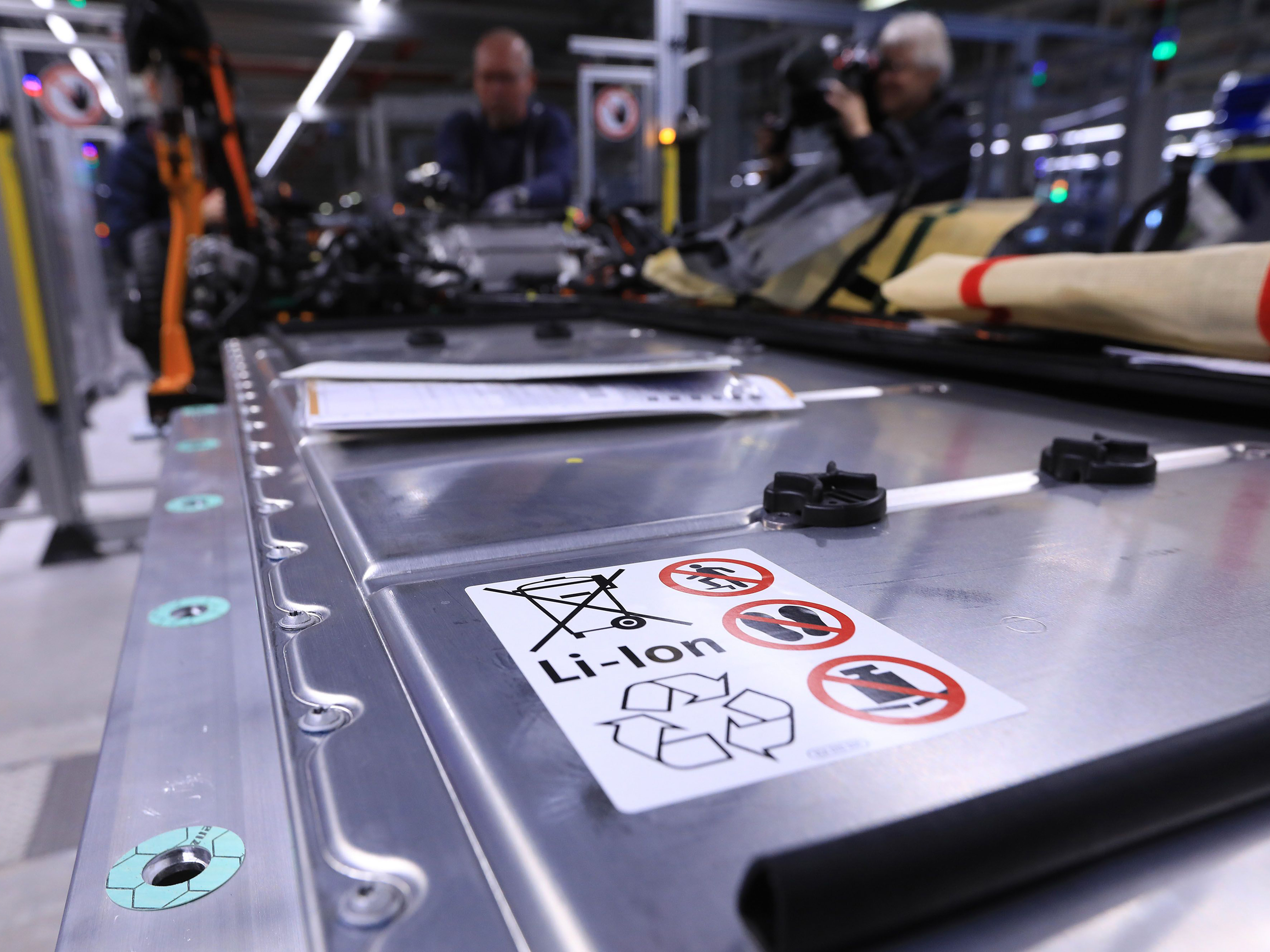
Visit Our Sponsors |
|
|
|
|
|
|
|
|
|
|
|
|
|
|
|
|
|
|
|
|
|
|
|
|
|
|
|
|
|
|
|
|
|
|
|
|
|
|
|
|
|
|
|
|
|
|
|
|
|
|
|
|
|
|
|
|
|
|
|

Retired electric vehicle batteries that are repackaged into energy-storage systems are being targeted at industrial consumers who’ve been slower to adopt the technology than utilities or homeowners.
Relectrify, an Australian technology developer, is beginning sales of units that repurpose expired Nissan Motor Co. Leaf batteries to create products capable of storing renewable power at manufacturing facilities, farms or remote mines. The systems can also be used to smooth out peaks in electricity demand at EV charging stations, or by utilities to improve the reliability of complex rural grids.
So-called second-life battery systems harness the remaining lifespan in EV packs, which can typically perform less demanding tasks for another seven to 10 years even after they’re no longer capable of powering cars. Eaton Corp. has installed reused batteries for backup power at sites including Amsterdam’s Johan Cruijff ArenA, while Sumitomo Corp., Renault SA and BYD Co. are among others that have tested a range of applications.
More complex economics and a lack of incentives means battery storage has been slower to take hold in commercial and industrial markets, though the segment is primed for growth, according to BloombergNEF analyst Yiyi Zhou. By 2050, the sector should have a total of 325 gigawatts of storage capacity, compared to a residential storage market with about 185 gigawatts, she said.
“This market actually has a tremendous hunger for storage, which is so far under-satisfied,” Relectrify CEO Valentin Muenzel said in an interview. “There’s demand from industrial companies with rooftop solar who’d like to store it, all the way through to utilities that’d like more distributed offerings to support their networks.”
Lower costs of reused battery systems will help spur adoption among industrial users, according to Muenzel. Melbourne-based Relectrify, which has tested its technology with partners including American Electric Power and Volkswagen AG, can deliver products that are as much as 50% cheaper than brand new systems, while offering at least 75% of the life-span, he said.
Sales are initially focused on Australia and New Zealand, though the firm sees potential to expand into the U.S., Europe and Asia. “China is a fascinating market,” Muenzel said. “We’re actively looking for capable collaborators.”
The cost advantage for second-life systems is likely to narrow as the price of new lithium-ion cells continues to fall. Battery pack prices fell 89% between 2010 and 2020, BNEF said in a December report.
Still, a future boom in availability of used EV batteries should be an advantage for utilities and industrial users seeking to add storage capability, said Moonis Vegdani, group head of technology, strategy and product at New Zealand’s Counties Power, a distributor that has tested the units.
“As more and more of those batteries become available for second-life applications for asset owners or distribution networks, we expect that to further drive down the cost of storage,” Vegdani said.
RELATED CONTENT
RELATED VIDEOS
Timely, incisive articles delivered directly to your inbox.


